13 sound reasons why Ford's Focus ST could be your next car…
Tech-festooned hot hot hatch pumps synthetic engine noise through its stereo for your increased driving pleasure


It does its level best to not launch itself into hedges
Wheel spins in first and second and torque steering in interesting directions other than forwards would be barriers to entry for most cars, but there's something about the ST – and the ease in which you can keep a lid on both these things – which means this just adds to the appeal rather than throws up hurdles to smack. Ford opted to eschew the expensive limited slip differentials of their Golf and Mégane rivals in favour of what they call an “enhanced transitional stability system” which, combined with re-tuned suspension and steering do their best to keep you from tasting ditch, hedge and tree. Momentum, traction and physics can only go so far, though, eh?
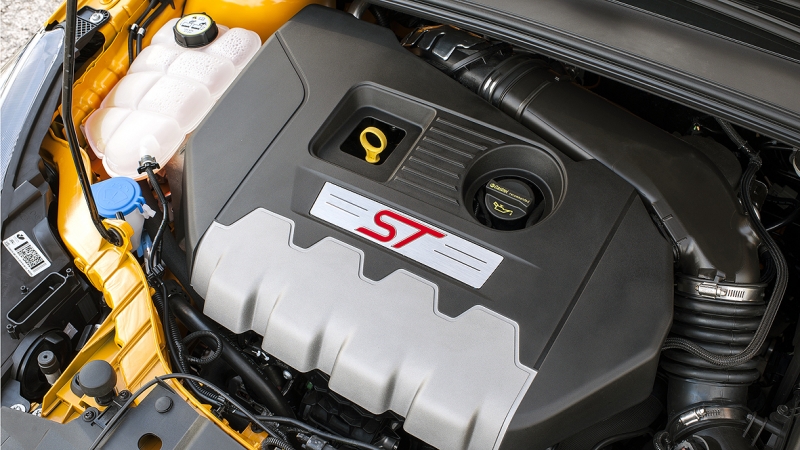
The engine is both fabulous and fierce
The 2.0 litre, four cylinder EcoBoost engine betwixt the front wheels of the ST is nothing short of splendid. Turbocharging, twin-independent variable cam timing technology, and high-pressure direct-injection deliver 250PS at 5,500rpm, with a peak torque of 360 Nm at 2- to 4,500rpm. This means 0-62mph in 6.5 seconds and a top speed of 154mph. It feels faster.
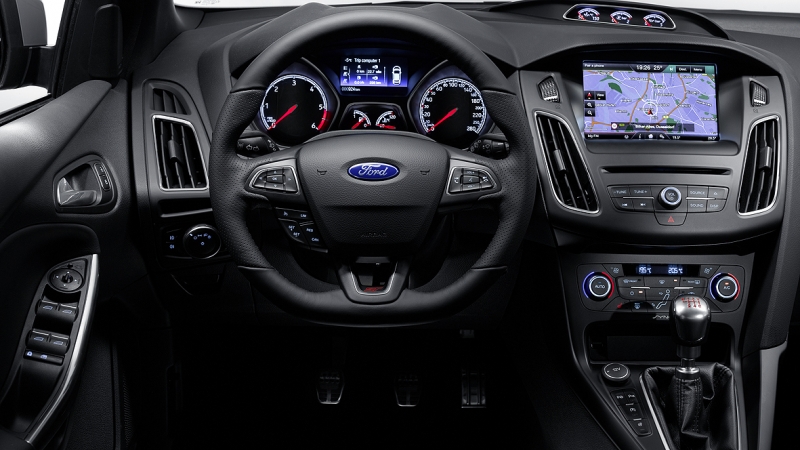
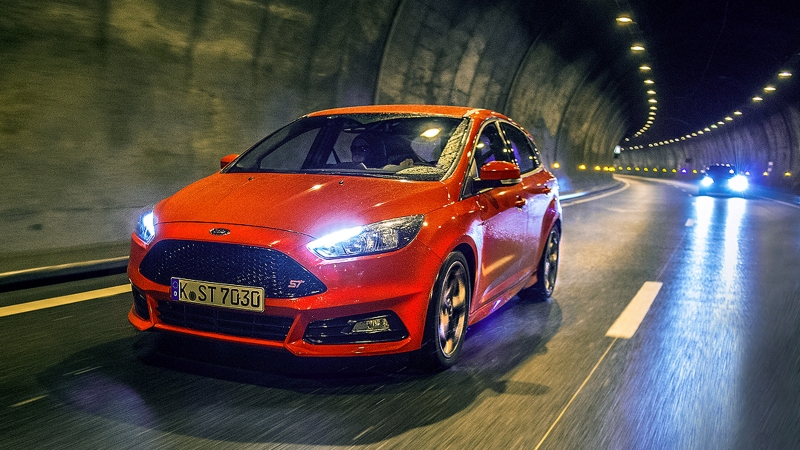
The engine note is “proper naughty”
A four-cylinder car should sound like a dried pea rattling around in a tin can, but the ST sounds terrific. How's this? Well firstly, the EcoBoost engine is no ordinary four pot (see above), but mostly because there's a “sound enhancement system” which plays the engine note through the loudspeaker system. The noise depends on a complicated “sound synthesis” algorithm based, Ford tells us, on “engine speed, throttle pedal position and torque”. When you drive like a nana, you hear virtually nothing, but apply foot right and it roars like a Brain Blessed exiting a library. Is it cheating? Of course it is! Will you care? Nope!
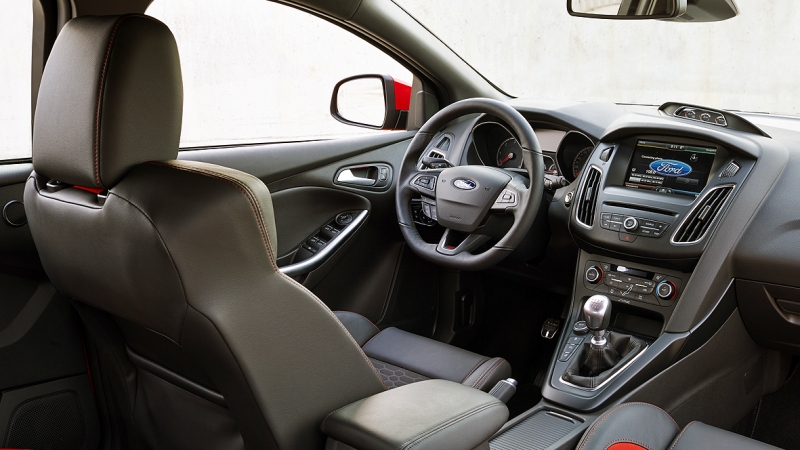
There’s a “boost level” gauge
A bit like a fun-o-meter on top of the dash are these three horizontal dials. They're almost exactly like those found on fake, plastic steering wheels that toddlers “Neeeee-yow!!” with, suckered to car windows. This, however shows the current level of boost that the turbocharger is delivering, so the driver can be aware of where the car's power band is, and when the limit's reached. While going, “Neeeee-yow!”, if you're anything like us. There are also oil temperature and level gauges, but they're less fun.
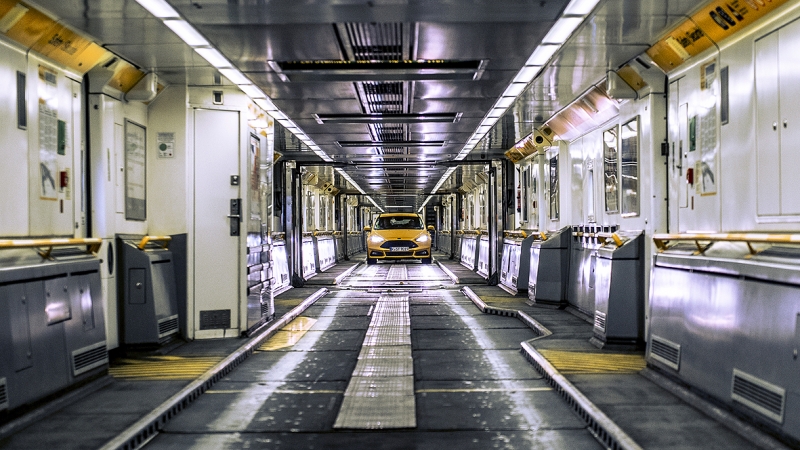
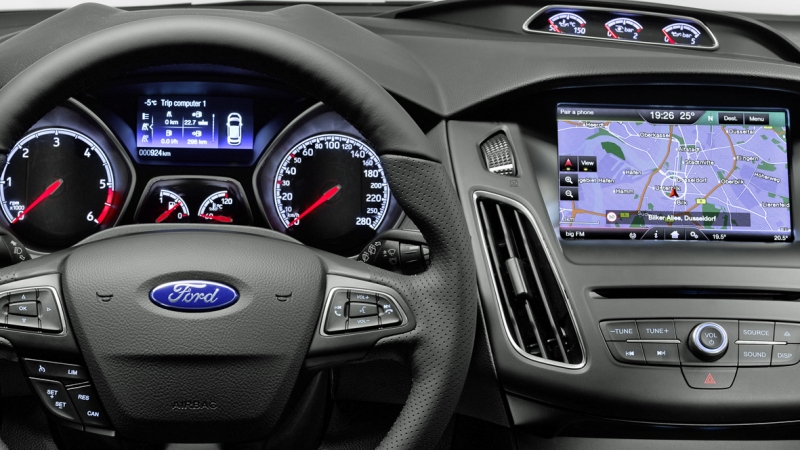
There’s touchscreen edu-info-tainment
There's an upgraded, 8-inch touchscreen, split into four quarters with phone, satnav, climate and music clockwise from top left. There's the expected lag – car touch screens are still frustratingly more HP Microsoft Tablet PC than iPad – and the home button is counterintuitively almost under the bottom lip, but it works fine and the voice recognition is pleasingly okay. Good luck shouting at the satnav to get anywhere, though.
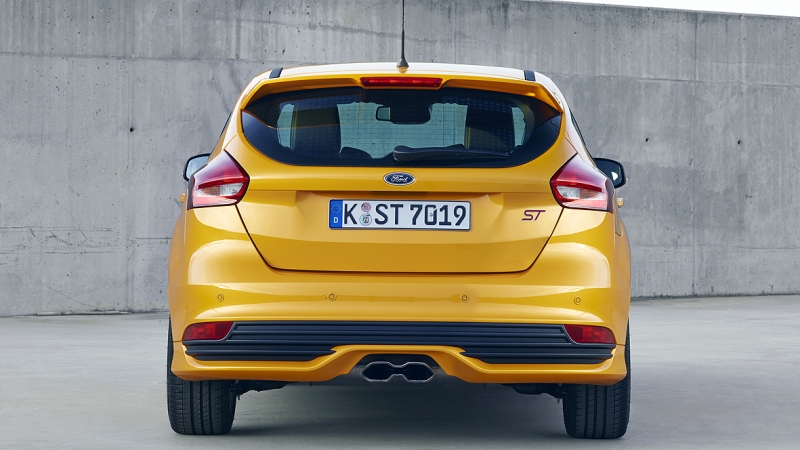
It reads traffic signals so you don’t have to
A forward-facing camera behind the rear view mirror monitors oncoming traffic signs and displays them on the colour dash, combining this info with map data from speaking to the satnav, so you always know what speed you're meant to be driving. If you want to (we didn't) you can programme it so that the speed lollipop flashes like a tutting, eye-rolling mum when you hit 5 or 10 miles over the limit.
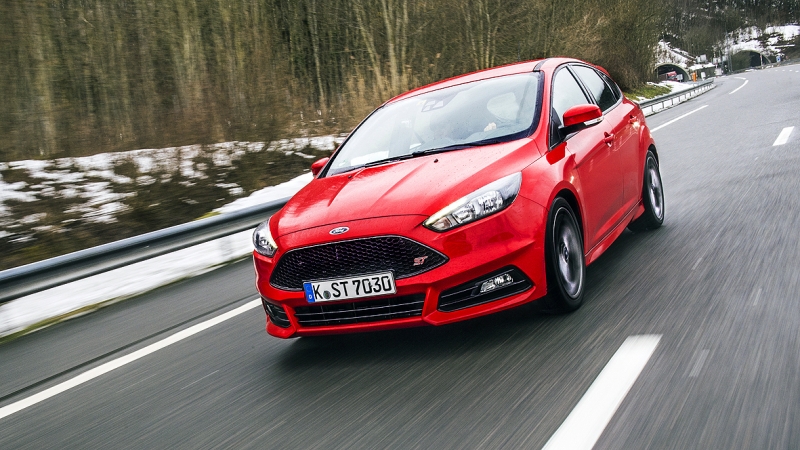
Lane assist stops you crashing
If The Archers causes you to nod off, Lane Keeping Aid applies steering torque to guide it back, with three, disappointed buzzes on the steering wheel to inform you of such. Also new is “Active City Stop” collision avoidance which, at speeds of up to 31mph, readies the brakes, then applies them if a potential impact is detected.
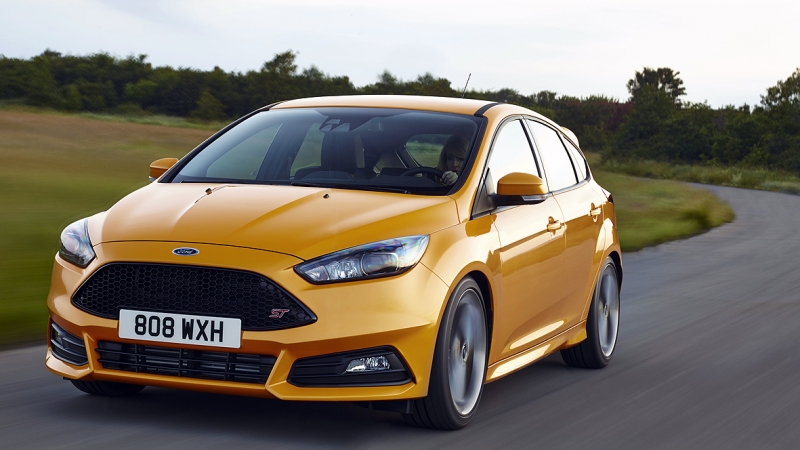
Eco-advice makes you a better driver
When you should be changing gear a wee, green arrow flashes up, notifying you which number you should be on. Great for the ecology, oh mercy me, but not so good for fun. It does this at around 3,500 revs which, in fairness, is where the fun's supposed to begin in an ST, not end with a downshift.
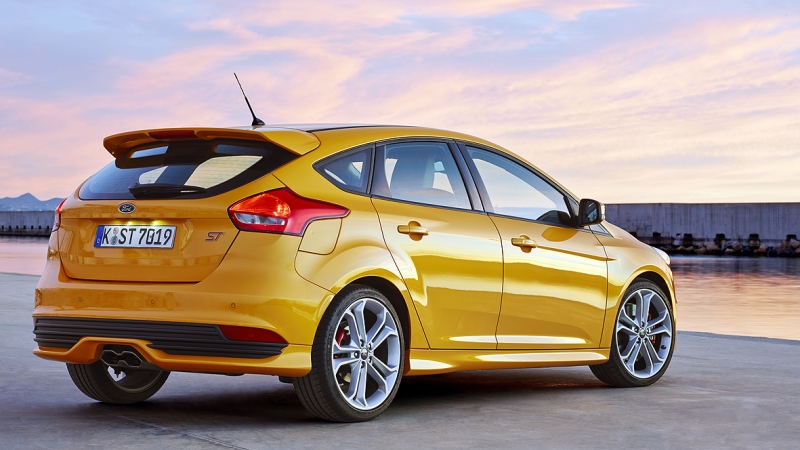
The mirrors tell you when it’s safe to change lanes
BLIS – Blind Sport Information System – uses two multi-beam radars mounted on the corner of each rear bumper covering the wing mirror to about three metres behind the rear bumper and three metres on either side of the car to detect if a car's in your blind spot. An LED on the corresponding wing mirror flashes orange to warn you that you're about to sideswipe someone, like an absolute ass.
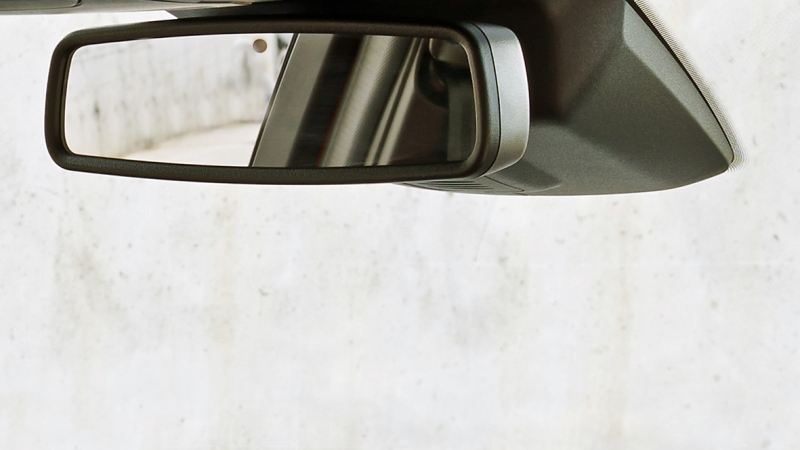
The rear view mirror is arguably smarter than you
Yup, the mirror has a liquid crystal element and uses tech called, awesomely, “elecrochromics” which isn't a made-up word, but describes the fact that when glare is detected from that Audi chomping on your exhaust, low voltage is applied which darkens the mirror automatically. Audi, denied!

It's a good-value runaround! In a way…
The 2.0 litre petrol ST starts at £22,195, which is £4,000 cheaper than the competing – and less powerful at 220PS – Volkswagen Golf GTi and £3,000-odd less than the RenaultSport 265 Mégane. Our model was the highest-spec ST-3 at £25,995 with all the bells and whistles and a £745 optional “Tangerine Scream” paint job, which we actually grew quite fond of during our time with the car.
Get all the latest news, reviews, deals and buying guides on gorgeous tech, home and active products from the T3 experts